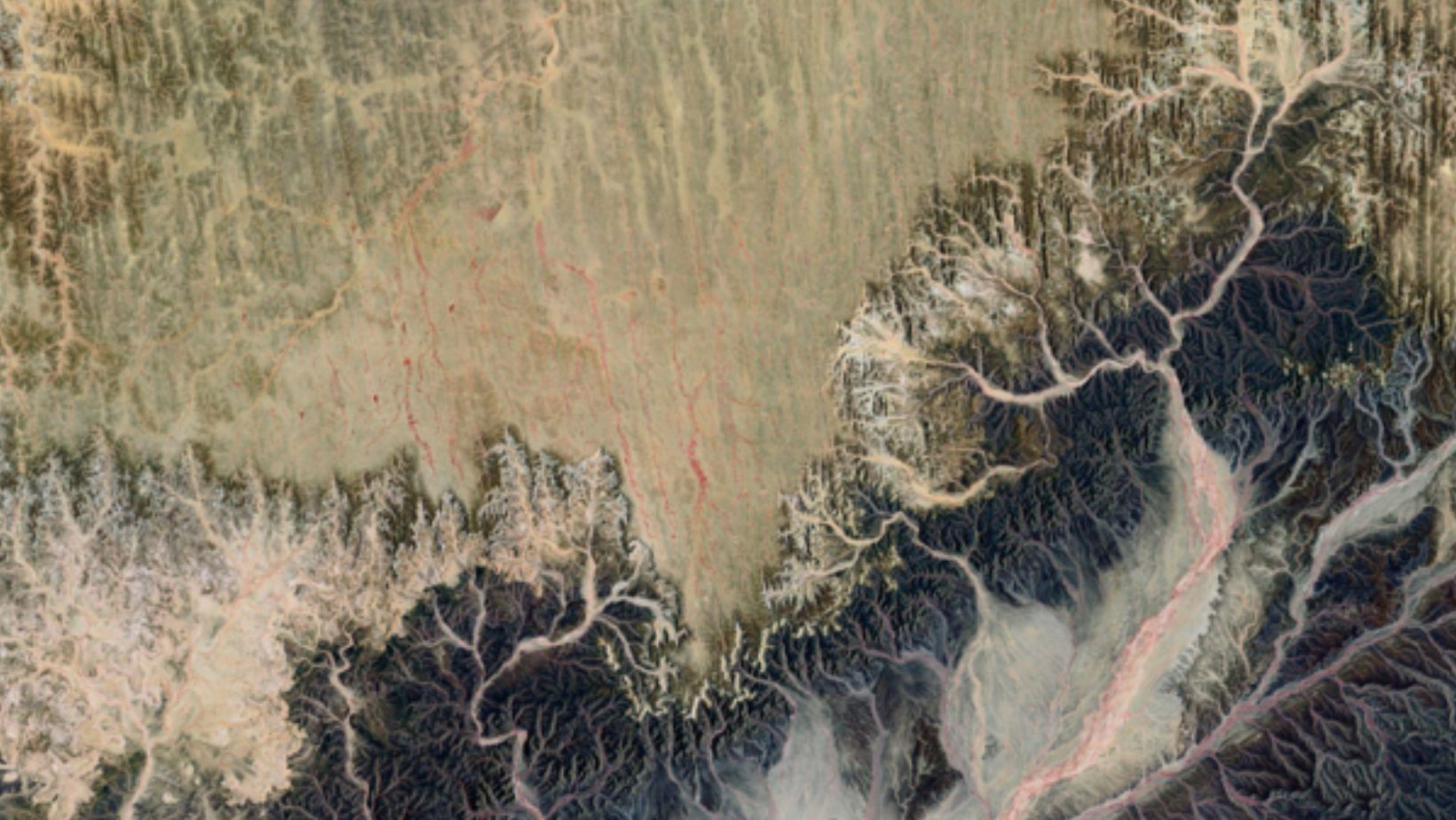Image recognition has become a real game changer for our daily operations. From logistics to healthcare, with this AI technology we can now better detect defects, predict issues, and plan further actions.
By analyzing images and videos from various cameras, sensors, and surveillance systems, we progress in our business activities, striving for creating a predictable and safe environment. Let’s delve into technologies hiding behind image data analysis and see which progress they bring to our everyday lives.
As part of computer vision, image recognition marks the exceptional ability of machines to process visual data in the same way humans do. Processing here doesn’t only mean understanding but also interpreting and making decisions. This is the basis to make your Face ID work on your mobile, to make you access your office premises, or to pay for products in a supermarket.
To work smoothly, AI algorithms go through the following steps:
- Image capturing. The images are captured by cameras in different devices. In the digital format, they create the raw data. It serves as a basis for further processing by artificial intelligence algorithms.
- Image preprocessing. At this stage, we prepare an image for further analysis. We improve its quality, reduce noise, etc.
- Feature extraction. It’s one of the most important steps of AI image recognition. We define here colors, shapes, objects, and accomplish data annotation. This prepares raw data for further AI image analysis.
- Classification. Based on the defined features, machine learning algorithms proceed with picture recognition, classifying it into a predefined category.
- Output. An AI image detector produces the output based on the task given to the AI algorithms (e.g., image classification, object detection, etc.)
To obtain the needed outcome, we apply one of the several techniques available for image recognition.
AI Image Recognition Techniques
Why would we need to apply different techniques for AI image detection models? Because image recognition is used for different tasks, such as object detection, segmentation, classification, among others. Applying a specified technique for a defined task allows getting the better outcome in the end.
Here are the most widespread techniques that we use today:
- Decision trees. AI models based on decision trees usually work with smaller datasets. They’re efficient for creation of classification or regression tasks.
- Convolutional neural networks (CNNs). These are part of deep learning algorithms. They consist of numerous layers and are used to extract features from images and proceed with artificial intelligence images recognition tasks. The technology is used for face recognition, medical images analysis, and object detection tasks.
- Generative adversarial networks (GANs). With deep learning algorithms, generator and discriminator neural network components come into play. The recognition images trigger creates the basis for generation of the new, realistic ones. In their turn, these newly created images can be used to improve a model’s training and the accuracy of image recognition.

- K-nearest neighbors (KNNs). This technique is used for classification of images based on their label. It’s a simple and straightforward technology that shows its efficiency in work with small datasets.
- Support vector machines (SVMs). This technique is useful for working with high-dimensional spaces. It’s a supervised learning algorithm that also assists with classification and regression tasks.
But how do we progress with image recognition? Is it only a chosen technique that makes it effective? There are a couple of factors that influence its efficiency.
Advancement of Image Recognition Technology
The bigger the demand from different industries, the more we advance with creating sophisticated algorithms that can perform better. To advance with image recognition, we work with big data and computational power.
Big data here means creating an elaborated database for an AI model’s training. The more varied and detailed data we include for the training, the more easily a model will accomplish its task. Companies like Ayadata specialise in providing high-quality data annotation for computer vision, ensuring AI models are trained on accurately labeled datasets, which improves recognition accuracy and reliability. With more complex data, a model can also learn to understand more complex patterns and features.
Image recognition algorithms are based on complex computations. They require high-performance hardware and resources. They can be advanced with implementation of cloud computing and parallel processing. With them, we can process large datasets and work simultaneously on multiple datasets. As a result, we also decrease the processing time.
Industries Benefiting from Image Recognition
Even though image recognition advances data analysis across all industries, some, who work with visual data the most, benefit from it more than others. The following areas are in the forefront. They leverage machine learning activities and invest heavily in AI solutions.
- Security. With the help of facial recognition, we can establish authorized access, we can monitor various environments and detect potential suspicious behavior. Such data analysis contributes to public safety.
- Healthcare. Here, image recognition is used for medical imaging and pathology detection. Trained on various X-ray, MRI, or CT images, the algorithms assist doctors to interpret medical images and provide more accurate treatment programs.
- Retail. With image recognition, stock management has become easier, contributing to the automation processes of goods reordering. Besides, such data analysis is often included in customers’ search bars, where they can find a sought-after good with the image.

- Agriculture. Image recognition in agriculture assists with crop and livestock monitoring. Thanks to images taken by drones and satellites, farmers can prevent crop diseases or forecast the harnessing season. The same applies for livestock monitoring.
- Manufacturing. In manufacturing, more and more AI solutions implementation has been focused on maintenance prevention and quality issues detection. Preventive measures are aimed at improving quality and ensuring sustainability of the manufacturing process, reducing waste.
Driving Innovation with Image Recognition
With the possibility to enrich data analysis with the usage of images, we have gained access to much more information and more detailed insights. The usage of various techniques allows us to constantly progress and improve AI models that make image recognition even more sophisticated and efficient.
As a result, with implementation of image recognition algorithms, businesses leverage their performance and enhance their operational activities. We now set the new boundaries of what is possible, creating a more connected, intelligent, and efficient workspace.

